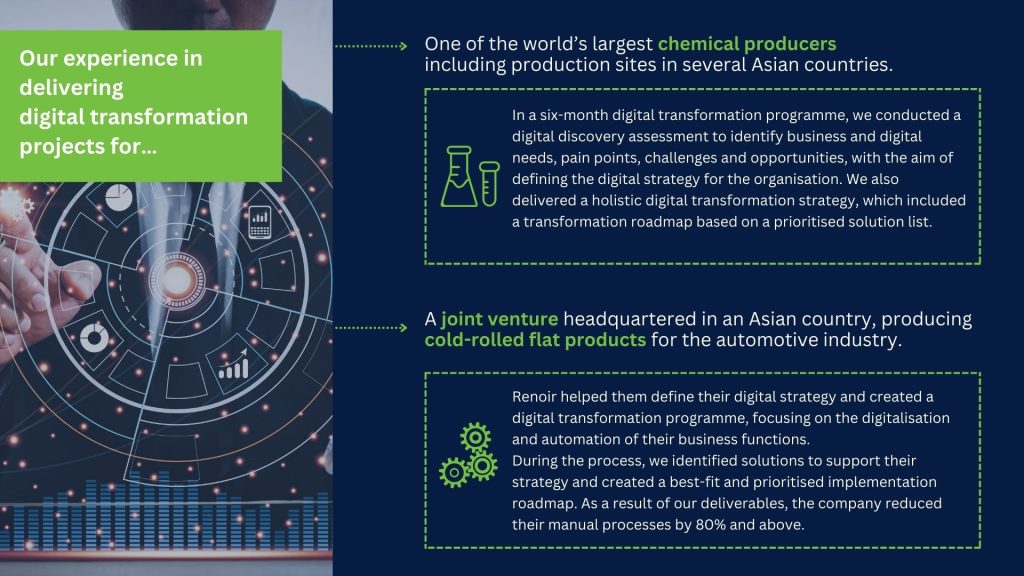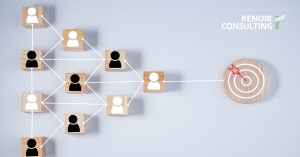At a Glance
- Effective decision-making is crucial for business in today’s ever-changing landscape.
- A prioritisation matrix is a powerful tool for making informed decisions and allocating resources efficiently.
- Aligning teams on opportunities, solutions, projects, and timelines is critical for successful digital transformation, but while disagreements are inevitable, they can be effectively managed by third-party consultants.
Like an insect trapped in an intricate cobweb, there are times when a leader finds themselves caught in a web of conflicts. When thrust into these situations, traditionally, people resort to trial-and-error, or decide based on their gut feelings. However, this approach is akin to navigating through a maze blindfolded.
Using this approach in today’s ever-changing business environment may not be a good idea. For businesses, decision-making is not a game of choice; it is an art or maybe, a science.
This is where prioritisation comes under the spotlight. Prioritisation is not just a nice-to-have skill, but it is also a ticket to effective and well-informed decision making. It is an essential skill that needs to be mastered by decision-makers or strategists seeking optimal time and resource allocation.
Understanding Prioritisation Matrix
The prioritisation matrix, also known as the priority matrix or the impact-effort matrix, is a decision-making tool used to assess and rank tasks, projects, or goals in an order of importance.
This matrix contains four quadrants, with each task, project or goal evaluated based on two key criteria: impact and effort. The task, project or goal is plotted on a grid with two axes (impact and effort) within the four quadrants. Each quadrant has a unique significance.
Ready for a change in your organisation?
How to effectively use a prioritisation matrix in digital transformation
The prioritisation matrix is an essential tool in Renoir’s comprehensive approach to effective digital transformation. We begin by conducting an extensive business and digital analysis, such as digital adoption rates, digital maturity assessment, digital solution usage, reach, and performance, and opportunities and solutions prioritisation matrix.
We have previously published an article about digital maturity assessment. Read more here.
During the analysis phase, we work with your team and organisation to identify opportunities, analyse and categorise them, and validate their alignment with your organisation’s needs and goals. These opportunities are then translated into solutions, that we identify and prioritise based on their potential benefits and complexities.
Once solutions are validated, we use a scoring framework to assess their value and feasibility. We tailor solutions to your specific business needs, taking into account strategic and operational value, costs, timelines, and technology readiness.
The prioritisation matrix provides a visual representation of all solutions, their priority, and potential implementation phases. With this information, together with your team, we define transformation phases and durations, creating a visual roadmap to present the digital transformation journey.
Prioritisation matrix: What and How?
A prioritisation matrix has one objective: to identify your organisation’s goals in order of importance. While the specific matrix may vary, the process remains similar and involves the active participation of all stakeholders.
One of the key challenges in applying a prioritisation matrix to digital transformation projects is ensuring team alignment on solutions, benefits, and timelines. After individual scoring, an open discussion is essential to compare and align the implementation approach.
Despite careful planning, disagreements within the team are inevitable. Engaging a third-party consulting firm like Renoir can effectively manage the prioritisation process. We will also organise workshops, develop practical solutions, and present the findings to the senior management.
We bring an impartial perspective and leverage industry best practices to assess your digital readiness relative to other organisations. Together, we will establish clear priorities and take necessary action. Drawing on over 25 years of experience in successfully implementing projects using our behavioural and cultural change methodologies, we will introduce and implement measures that continue to deliver value long after the project is complete.
Our organisation needs a comprehensive digital transformation roadmap.














